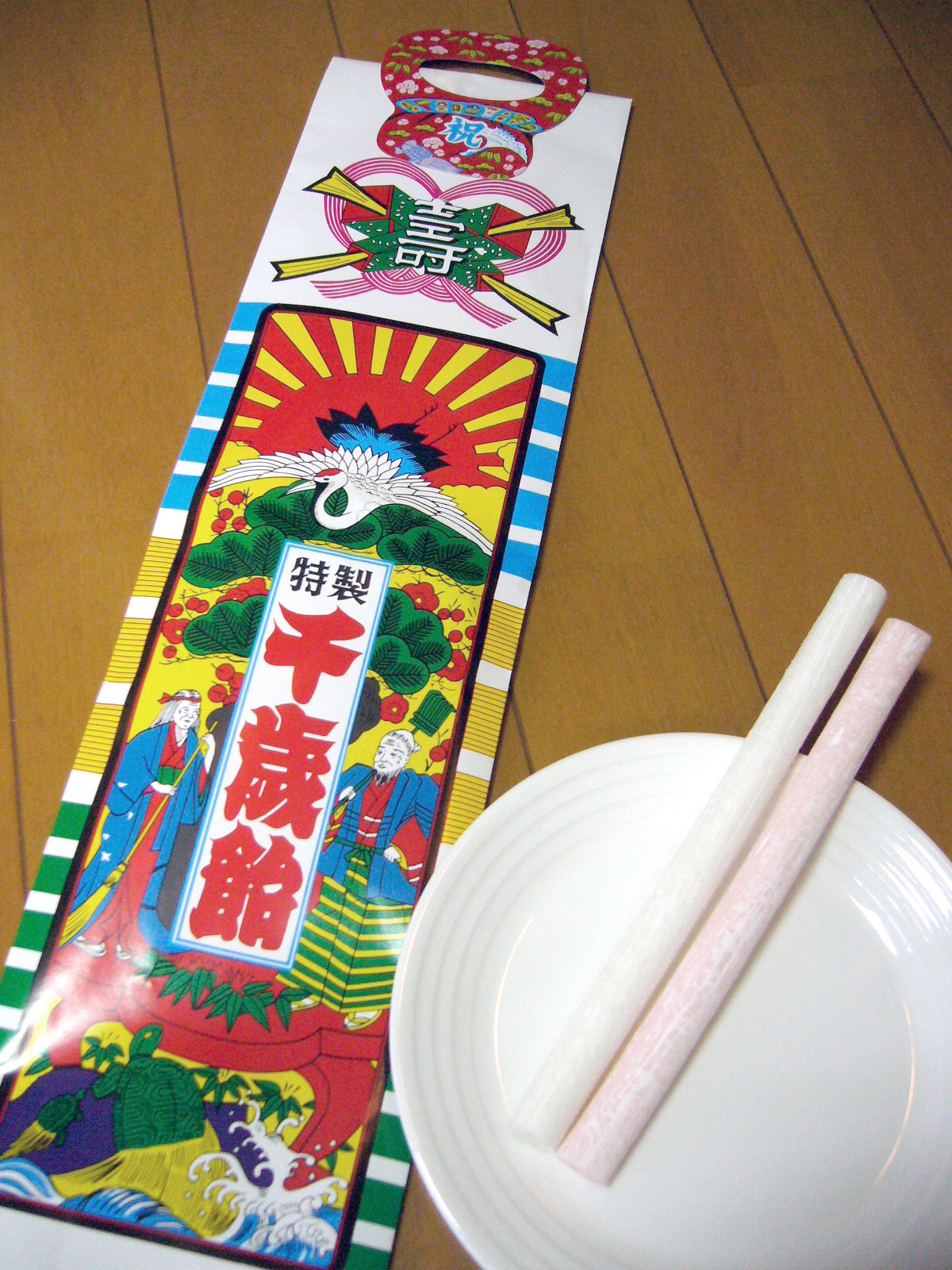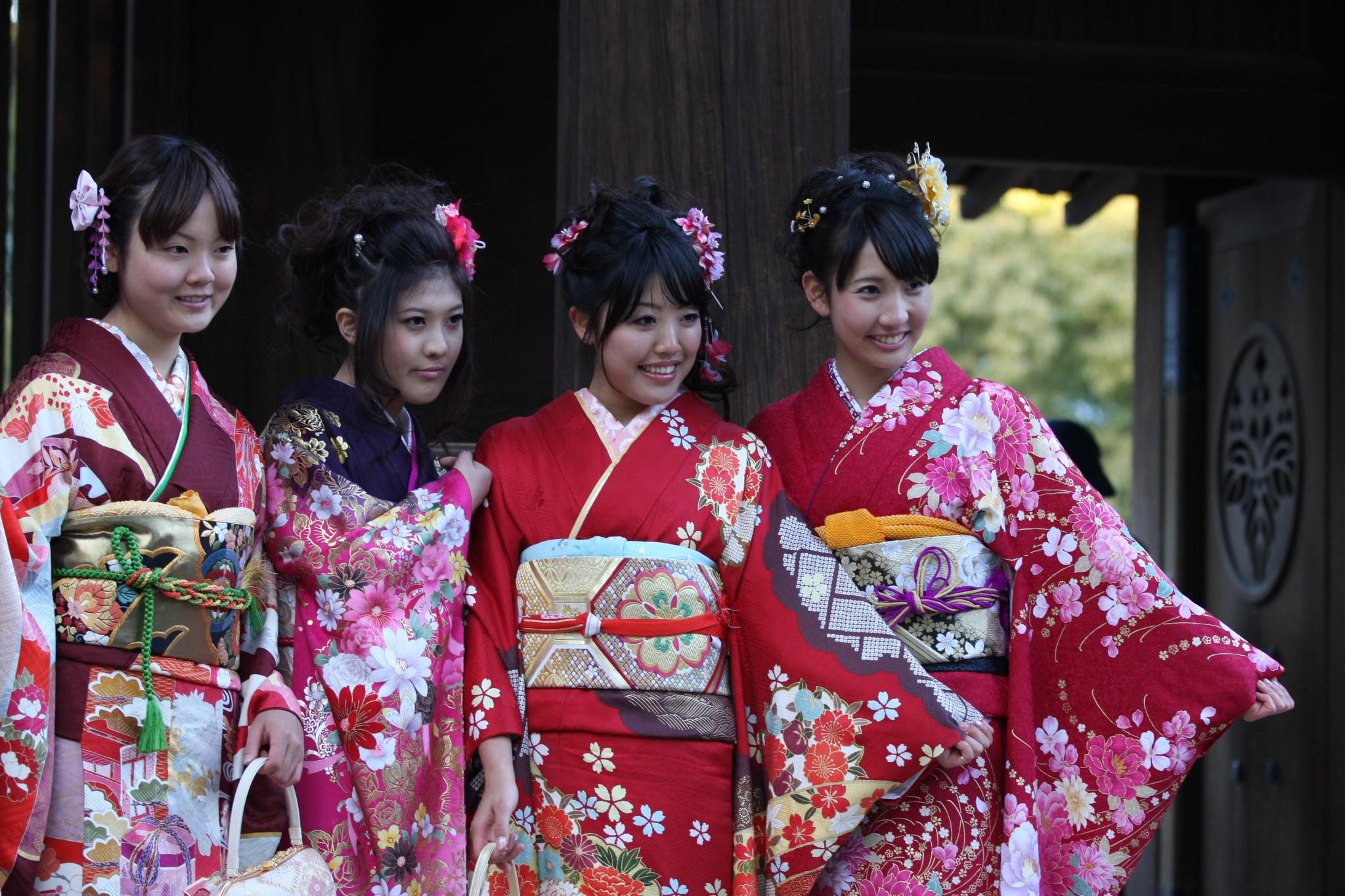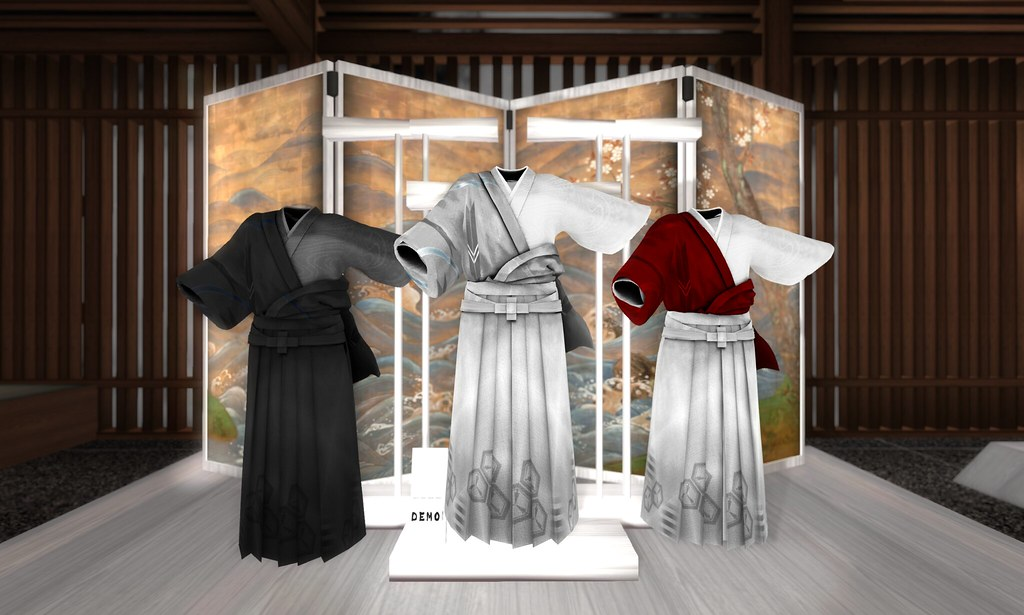Katelyn Lien
AP Japanese 🇯🇵
28 resourcesSee Units
Societal Structures
Urban / Suburban Communities
Urban families typically consist of a married couple and their children. Both parents often work outside the home, and there is a strong emphasis on education and achievement. There is also a tradition of grandparents living with or near the family, and they often play a significant role in caring for the children. The overall family structure tends to be more hierarchical and traditional, with the father being the head of the household and the mother responsible for managing the home and children. However, in recent years, there has been a shift towards more egalitarian family dynamics with both parents sharing responsibilities for child rearing and household tasks.

Image Courtesy of Flickr
In rural areas, the traditional family structure is still quite common, with the husband working as a farmer or fisherman and the wife taking care of the children and managing the household. However, like in urban areas, there is a trend towards more equal distribution of household and child-rearing responsibilities between partners.
Extended families consisting of multiple generations living under one roof are more common than in urban or suburban areas. It is not uncommon for elderly parents to live with their children and grandchildren, and for adult children to remain in their parents' household even after getting married. There is a strong tradition of filial piety in Japan, and taking care of one's parents in their old age is seen as a duty and a source of pride.
Rural families are often involved in the community, and there is a strong sense of interdependence among neighbors. In some cases, multiple families may work together on a single farm or fishing boat, and there is often a sense of cooperation and mutual support within the community.

Image Courtesy of Pixers
♂♀ Gender Roles
Japanese society has traditionally had strict gender roles, with men being the breadwinners and women taking care of the household and children. However, these gender roles have been changing in recent years, and it is becoming more common for both men and women to work outside of the home and for both partners to share household and child-rearing responsibilities.
That being said, there are still some traditional gender roles that persist in Japanese society. For example, it is common for men to be expected to take charge of financial matters and decision-making for the family, while women are often expected to take care of the children and manage the household. These expectations can vary depending on the individual family and the personalities of the individuals involved.
In general, Japanese society is more accepting of gender nonconformity than many other societies. It is not uncommon for men to be interested in traditionally "feminine" activities such as cooking and sewing, and for women to be interested in traditionally "masculine" activities such as sports and mechanics.
Rites of Passage
A Japanese person's life is marked with many significant events. These events celebrate the growth of the individual and involve many family members and friends who all express well-wishes for the future.
🎉 Shichi-go-san (七五三)
七五三 is a holiday celebrated by families with children who are three, five, or seven years old. It is typically held on November 15th, although some families may celebrate on different days.
The holiday has its origins in ancient Shinto rituals that were intended to protect and pray for the health and growth of young children. In the past, it was also a time for children to be formally introduced to society and to start learning about social etiquette.
The numbers, shichi, go, and san, are seven, five, and three respectively, and they represent the ages of the children who are involved in the celebration. Girls celebrate shichi-go-san when they are three and seven years old while boys celebrate it once when they are five years old. (Some families celebrate when their son is three years old as well but it is not very common)

Image Courtesy of Wikimedia
Children wear kimono (着物), traditional Japanese clothing, often for the first time in their life, for this special occasion. They also wear zōri (ぞうり) with their kimono, which are flat sandals made of straw and rubber. These elegant pieces of clothing represent the children's increased responsibility and the first step toward adulthood. Once the children are dressed, families visit their local shrine or jinja (神社). There, they pray for their children's well-being and healthy growth.
Perhaps every child's favorite part of this celebration is the chitose-ame (ちとせあめ). It is a long red and white-colored candy, and each child gets one of each color. Red and white are celebratory Japanese colors. Chitose means a thousand years, and therefore the sticks of candy signify a long life.

Image Courtesy of WordPress
💫 Seijin Shiki (成人式)
成人式 is a coming-of-age ceremony that is held for young people who have reached the age of 20. It is typically held on the second Monday of January and is a national holiday in Japan. Its purpose is to celebrate and recognize the passage into adulthood and to encourage young people to take on the responsibilities and duties of being an adult member of society. It is a significant milestone in Japanese culture and is celebrated by many young people and their families.
The origins of 成人式 can be traced back to ancient Japan, when young people were considered adults at the age of 20 and were eligible to vote, marry, and be drafted into military service. In modern Japan, the age of majority is still 20, and this ceremony marks the transition from adolescence to adulthood.
Once people turn 20, they have increased responsibility and must learn to act maturely. Although this day marks a crucial step into adulthood which could cause some stress, it is a day of joy and celebration.
By the time they are 20, most young women have worn a kimono many times. This celebration is yet another chance to wear a beautiful kimono. However, most kimonos are quite expensive, so many girls end up renting one. Most girls also put special decorations in their hair, though it is really up to each individual person.

Image Courtesy of Wikipedia
Some young men wear suits while others wear a traditional piece of clothing, the hakama (はかま). The hakama is made from silk and consists of a montsuki kimono and traditional loose trousers.

Image Courtesy of Flickr
Once they are dressed, everyone goes to their local city office where the celebration takes place. They listen to city officials give encouraging speeches and words of advice. There are usually many photographers, so everyone can get their picture taken as well. One of the most popular places for the 成人式 celebration is Shibuya*,* which is in Tokyo. This celebration spot is quite festive with many news reporters, photographers, drummers, and food vendors.
The overall atmosphere of 成人式 celebrations is vibrant and positive. The young men and women taking part are beginning a new phase of their life as legal adults, so everyone can feel the excitement in the air. It is a celebration of youthful life, and smiles are shared all around.
Social Networking
Friendships
Forming friendships in Japan can often involve going out in groups, whether it be for work, leisure or social activities. People may bond over shared interests and hobbies, such as playing sports or joining a club. Joining a club or group activity related to one's work can also be a great way to form friendships.
School is also a common place for people to form friendships. Children often make friends through school activities, and these friendships can continue into adulthood. In Japan, it's common for schoolmates to keep in touch even after graduation, and many people have a large network of friends from their school days.
Romantic Relationships
In terms of romantic relationships, Japanese culture places a high value on commitment, loyalty and stability. This can make dating more formal and serious than in other cultures. Couples often take their time getting to know each other before becoming exclusive, and may wait a while before becoming physically intimate. However, in recent years, this tradition seems to change, and there are more people who are open to dating casually and meeting new people through apps and online platforms.
Japanese people commonly form relationships through introduction by a third party, such as mutual friends or a dating agency. They also can meet through online dating sites and apps.
It's worth noting that Japanese culture places a lot of emphasis on social norms and expectations, which can make it difficult for people to form close relationships, especially if they don't fit into the traditional mold.
Professional/Work Relationships
Networking in Japan is often done through building relationships and connections through social and professional networks. These connections can be used to gain access to information, resources and opportunities. One common way to network in Japan is through joining professional organizations or clubs related to one's field of work. These organizations often hold regular meetings and events, providing opportunities to meet and connect with people in the same industry.
Another way is through attending industry-specific conferences and trade shows, which can also be great opportunities to meet and connect with people in one's field. Attending social events and gatherings, such as company parties or networking events, can also be a great way to make connections.
It's also common to have a "semi-formal" networking system called gokon (合コン) which refers to group blind dates, typically between friends and friends of friends. This is a way for young professionals to expand their social circle and potentially meet a romantic partner.
Japanese people also tend to rely on personal connections and relationships rather than cold-calling or reaching out to strangers, and they may take more time to build trust before doing business together.
It's worth noting that the Japanese business culture places a high value on building and maintaining relationships, so building a good reputation and being a reliable and trustworthy person is essential for networking success in Japan.
🔑 Key Words
- Shichi-go-san (七五三): rite of passage celebration
- Kimono (着物): traditional Japanese clothing
- Zōri (ぞうり): flat sandals worn with kimono
- Jinja (神社): shrine
- Chitose-ame (ちとせあめ): red and white candy sticks
- Seijin Shiki(成人式): celebration for people who are 20 years old
- Hakama (はかま): men's traditional clothing
- Shibuya (しぶや): major business center in Tokyo
💥 Strive for a Five Vocabulary
- Negau (願う): to pray, to wish
- Kenkō (健康): healthy
- Seichō (成長): growth, development
- Aka (赤): red
- Shiro (白): white
- Nagaiki (長生き): to live long
- Hatachi (はたち): someone who is 20 years old
- Otona (大人): adult
- Shashin (写真): picture
- Tanoshimi (楽しみ): excitement
- Takai (高い): expensive, high
- Kau (買う): to buy
Browse Study Guides By Unit
👨👩👧Unit 1 – Families in Japan
🗣Unit 2 – Language & Culture in Japan
🎨Unit 3 – Beauty & Art in Japan
🔬Unit 4 – Science & Technology in Japan
🏠Unit 5 – Quality of Life in Japan
💸Unit 6 – Challenges in Japan
🧐Exam Skills
📚Study Tools

Fiveable
Resources
© 2025 Fiveable Inc. All rights reserved.